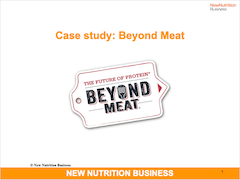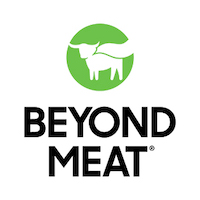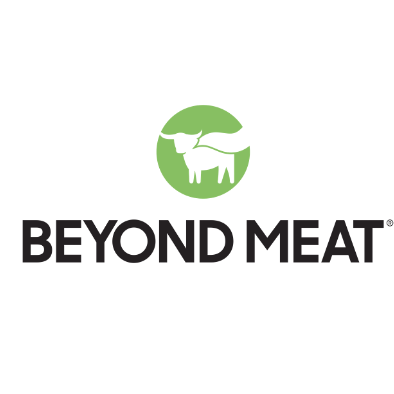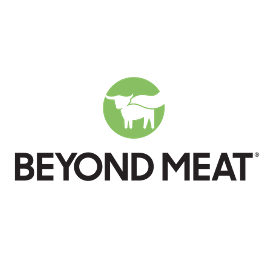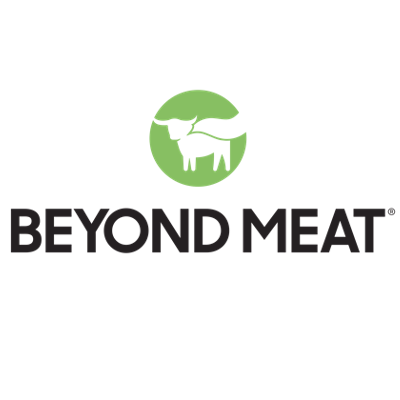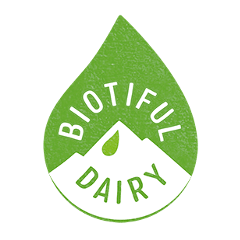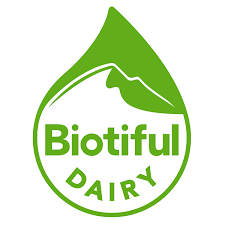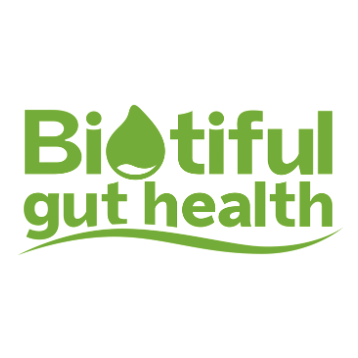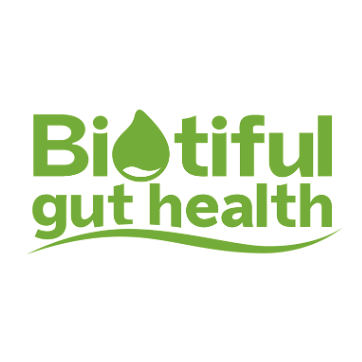Our case studies focus on brands and products that provide lessons from real challenges and opportunities which you can use to inform business strategy. They are packed with detail including brand portfolio, pricing, and communications and marketing strategy, merchandising and distribution, and come with a check list of key lessons learned.
Published: October 2017
Case Study: Belvita
By launching their biscuits in the UK in 2011, and the US in 2012, Belvita introduced a new category in these countries. There had not been a tradition of eating biscuits at breakfast time until then.
Download powerpointPublished: April 2019
Case study: Beyond Meat
Formed out of a desire to help stop climate change, Beyond Meat has grown to become a $500m+ brand since launch in 2012. The brand has raised over $145 million, with financial backers ranging from Bill Gates to Tyson Foods, and filed for an IPO in November 2018.
Download powerpointPublished: March 2022
Case study: Beyond Meat (2022 update)
Beyond Meat perfectly illustrates the challenges of the meat substitute category, and in this updated case study we explain why.
Download powerpointPublished: March 2023
Case study: Beyond Meat (2023 update)
Beyond Meat perfectly illustrates the challenges of the meat substitute category. The company’s operating loss for 2022 was up by 95%, while revenue was down 9.9%.
Download powerpointPublished: April 2024
Case study: Beyond Meat (2024 update)
Beyond Meat perfectly illustrates the challenges of the meat substitute category. In this 2024 update we explain why, with five lessons to learn from.
Download powerpointPublished: May 2025
Case study: Beyond Meat (2025 update)
The plant-based meat maker continues to struggle, mostly because it ignores consumers’ desire for whole, unprocessed foods. The company has yet to make a profit, almost 15 years after its first product launch.
Download powerpointPublished: January 2021
Case study: Biotiful (2021 update)
This British kefir brand is an example of a brand that, thanks to being in tune with the market, was able to quickly pivot on strategy to meet consumer demand during Covid-19. It shifted its focus from digestive wellness to immunity and as a result, it grew its sales by nearly 50% during 2020.
Download powerpointPublished: January 2022
Case study: Biotiful (2022 update)
The British kefir brand continues to see strong growth and is an excellent example of a brand that has thrived thanks to its ability to keep its finger on the market’s pulse and stay nimble. Revenue reached £27m in 2021, up 40% from 2020.
Download powerpointPublished: February 2023
Case study: Biotiful (2023 update)
The British kefir brand continues to grow and is an excellent example of a brand that has thrived thanks to being small, independent and able to quickly pivot as demand and trends change. And while sales growth has started to slow down, the brand still saw a 7.5% sales increase in 2022.
Download powerpointPublished: February 2024
Case study: Biotiful (2024 update)
The British kefir brand continues to grow and entered a new product category at the start of 2024. After a slow-down in sales growth in 2022, the brand saw an impressive 23% increase in revenue in 2023.
Download powerpoint

